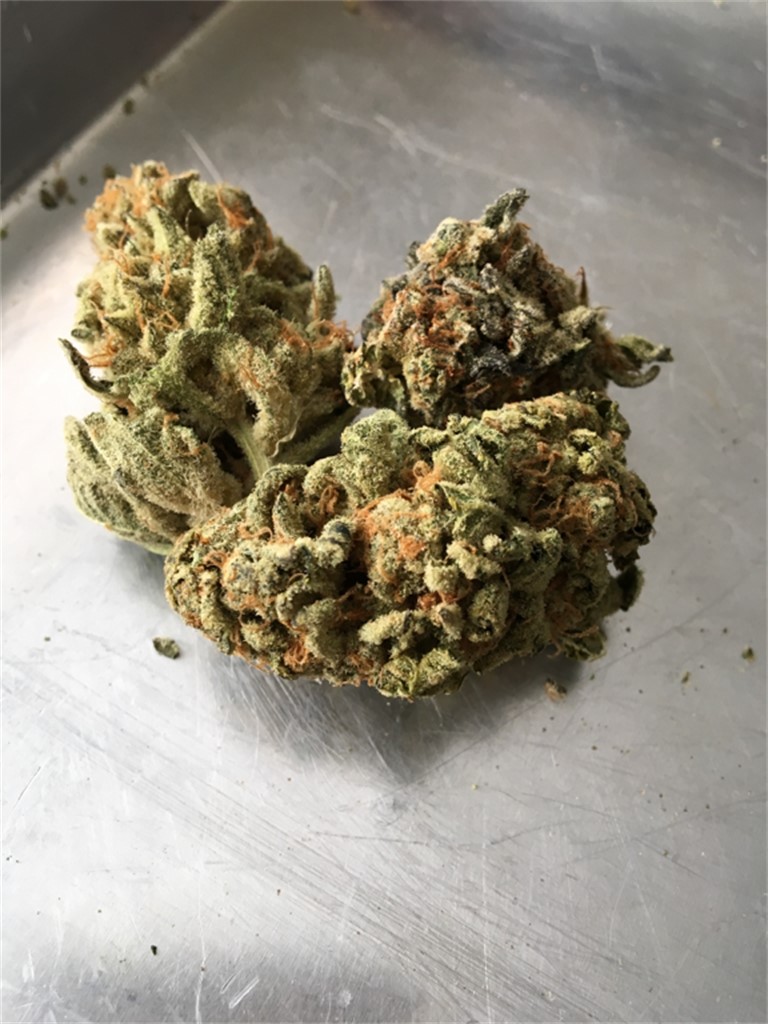
Reducing the surfactant rate in these mixtures to 0.125% v/v will also reduce the risk for crop injury.
Red frost weed full#
The full load of surfactant at 0.25% v/v used in these combinations was likely the cause for increased injury. The risk of crop injury and potential yield reductions is higher with these combinations.

MSU does not recommend applying Affinity BroadSpec or Huskie with 100% (56 pounds actual N) 28% UAN as the spray carrier.The addition of other herbicides or fungicides to these mixtures will likely increase the risk for crop injury. When applying 2,4-D products with 28% UAN as the spray carrier, DO NOT include surfactant. 2,4-D ester formulations generally mix easier with fertilizer solutions than 2,4-D amine formulations. 2,4-D amine or 2,4-D ester at 1 pint per acre can be applied with liquid nitrogen fertilizer solutions (28% UAN) as the spray carrier at 100% or a 50:50 28% UAN:water mixture.

From this research we were able to formulate the following recommendations: Several years ago we conducted research to determine the effect of applying the herbicides Affinity BroadSpec, Huskie and 2,4-D with 28% UAN (nitrogen) as a spray carrier on weed control and wheat tolerance. While in the next few weeks many growers will be applying nitrogen to wheat, some growers choose to split their nitrogen applications and apply a portion of their nitrogen with their herbicides. Spring conditions have generally been unfavorable for nitrogen applications to winter wheat this year. 28% UAN (nitrogen) as a herbicide spray carrier Keep in mind, these weeds are best controlled when small. As farmers look to control herbicide- resistant horseweed and common chickweed, the herbicides Huskie, Talinor or Quelex are all options that they can use to control these weeds. So, it will be important to use non-Group 2 herbicides for effective control. While there are several options in wheat that will provide effective control of horseweed, it is important to remember that most of the horseweed populations that we have in Michigan are resistant to the ALS-inhibiting or Group 2 herbicides. While a good stand of wheat can go a long way in helping to suppress these weeds, it will be important to spray an effective herbicide for horseweed control. In fact, right now farmers that have walked their wheat fields are reporting that horseweed and chickweed are the most prevalent weeds that they are seeing. After last year’s weed control failures in many prevent plant fields, we know herbicide-resistant horseweed (marestail) is going to be a challenge across the state. Axial Bold is the only POST grass wheat herbicides that can be applied in the spring without affecting frost-seeded clover. While there are several herbicides that can be applied in the fall that have little impact on frost-seeded clover, the only broadleaf herbicide that can be applied in the spring without negatively impacting clover is MCPA. However, one of the greatest challenges for growers who are frost-seeding clover in winter wheat is in finding a herbicide that can be applied for weed control without damaging the clover. The time-honored tradition of frost-seeding red clover in winter wheat has regained prominence for many Michigan growers. Spring herbicide applications on winter wheat frost-seeded with red clover Following this rule of thumb helps avoid possible wheat injury from herbicide applications and improves weed control. A good rule of thumb is to only apply herbicides to winter wheat when the daily temperature is 50 degrees Fahrenheit or higher. Herbicides should not be applied when the crop is under stress from very cold temperatures, when there are wide fluctuations in day/night temperatures, when a frost has occurred or when temperatures are below freezing prior to, at or immediately following herbicide applications. It is important to remember that most herbicides labeled for weed control in winter wheat have specific instructions that state herbicide applications should be made when weeds are actively growing. Hopefully, in the next couple of days we will be moving past the cold temperatures and will be able to spray wheat. Over the last week, colder temperatures have limited wheat acres from getting sprayed.

While there are several herbicide options available for use in wheat, there are many factors growers should consider prior to deciding when to spray and what products to use.

Early weed and wheat growth from warm spring temperatures earlier this month will make these herbicide applications critical. Over the next two weeks, many of Michigan’s winter wheat acres will be treated with herbicides for weed control.


 0 kommentar(er)
0 kommentar(er)
